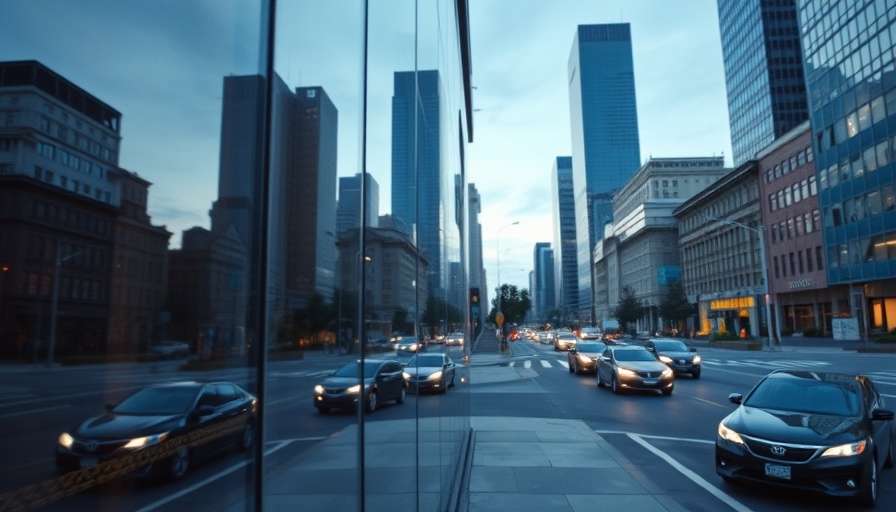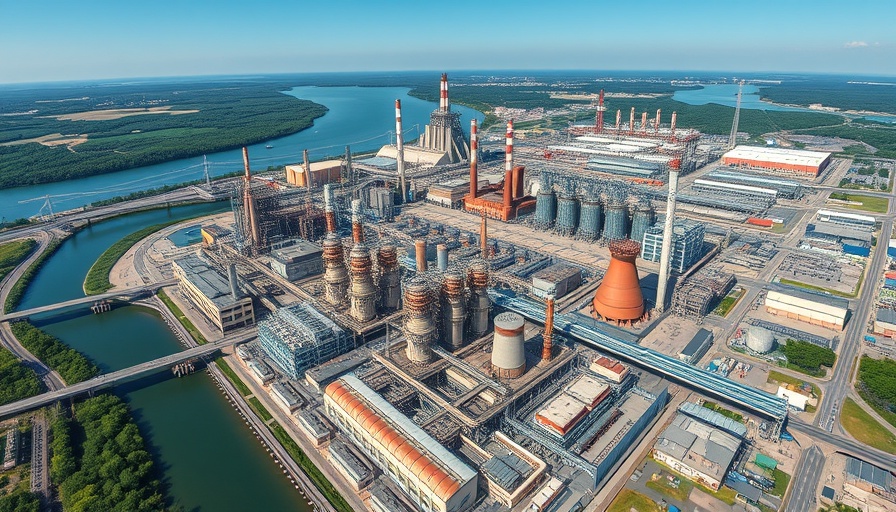
Rethinking Packaging: The Shift Towards Sustainability
In recent years, the dialogue surrounding sustainable packaging has grown louder, as both consumers and businesses acknowledge the pressing need to pivot towards environmentally friendly practices. As boutique hospitality professionals—often small-scale hotel owners, Airbnb hosts, and eco-lodge operators—seek to enhance their sustainability credentials, Extended Producer Responsibility (EPR) emerges as a powerful mechanism in this transformation.
The Role of EPR in Driving Sustainable Practices
Extended Producer Responsibility (EPR) places the onus of waste management and recycling on producers rather than consumers. In essence, it encourages companies to consider the entire lifecycle of their products, prompting them to design packaging that aligns with a circular economy—where materials are reused, repaired, and recycled, rather than thrown away. This approach not only eliminates waste but positions businesses as leaders in corporate social responsibility.
Understanding Circular Economy: What It Means for Your Business
The circular economy concept challenges the traditional linear model of “take, make, dispose,” advocating instead for systems where waste is minimized and resources are kept in use longer. For boutique hospitality operators, this translates into thoughtful decisions regarding packaging materials, product sourcing, and waste management strategies. Implementing a circular economy mindset not only reduces environmental impact but can also enhance brand loyalty among environmentally conscious travelers.
Practical Steps Towards Sustainable Packaging
Implementing sustainable packing involves actionable steps that your hospitality business can adopt:
Choosing biodegradable options: Opt for packaging materials made from organic substances that can decompose naturally.
Reducing packaging size: Simplifying packaging helps to cut down on excess materials and shipping costs.
Implementing reuse strategies: Consider creating programs where guests can return packaging for incentives or discounts on future stays.
Innovation at the Heart of Sustainable Practices
The sustainable packaging landscape is a hotbed for innovation. Companies are continuously developing alternatives that are not only eco-friendly but also cost-effective. For instance, some businesses are turning to seaweed-based packaging or recycled materials, which align well with the zero-waste philosophy that trends among travelers today.
Impact on Consumer Choice and Behavior
Today’s consumer is more informed and values brands that prioritize sustainability. Research shows that eco-friendly practices can significantly influence consumer behavior, leading them to choose companies that reflect their values. For boutique hospitality businesses, showcasing a commitment to sustainable packaging can enhance market differentiation and attract a loyal customer base.
Expectations for the Future of Sustainable Packaging
As regulations tighten and consumer expectations evolve, the push for sustainable packaging will only intensify. Industry leaders predict an era where packaging is not merely a protective layer but an integral part of a brand’s identity. Furthermore, innovations will focus on meeting sustainability goals while aligning with profitability. Businesses that embrace these changes stand to gain a competitive edge.
Your Call to Action: Join the Sustainable Movement
As professionals in the hospitality industry shift towards sustainable practices, adopting sustainable packaging should be at the forefront of your strategy. By prioritizing waste elimination and aligning with the principles of the circular economy, your business can not only contribute to a healthier planet but also appeal to the eco-conscious traveler. Explore sustainable packaging solutions, engage in EPR programs, and champion the zero-waste movement to elevate your brand.
 Add Row
Add Row  Add
Add 




Write A Comment